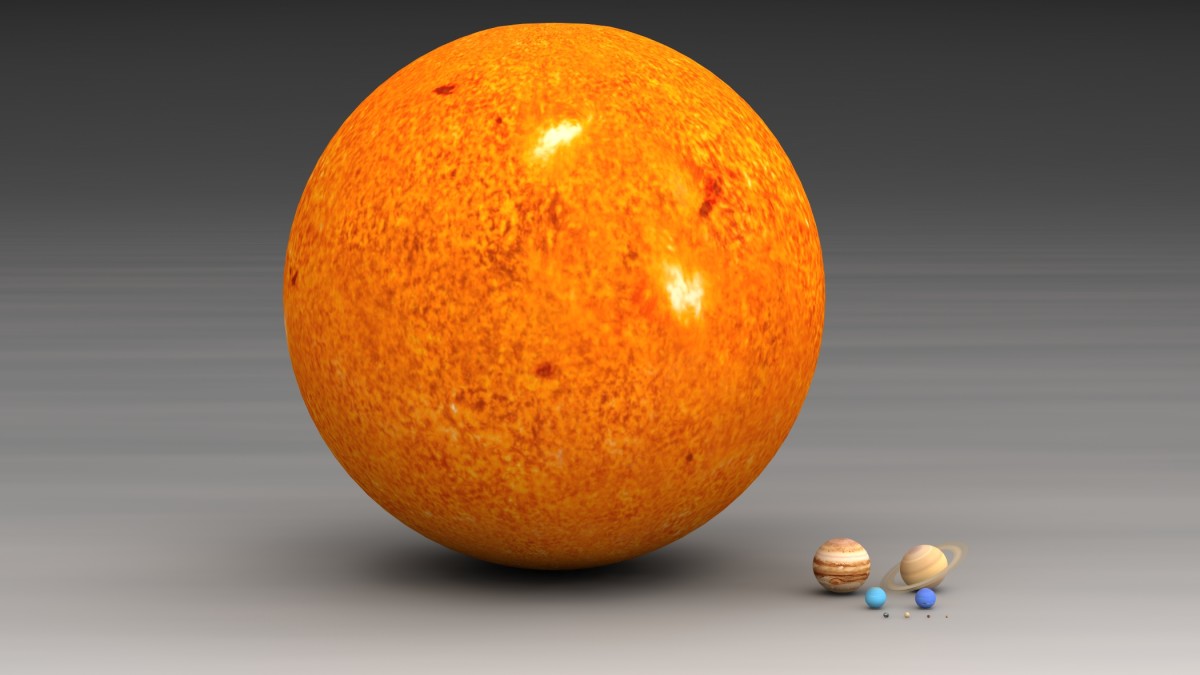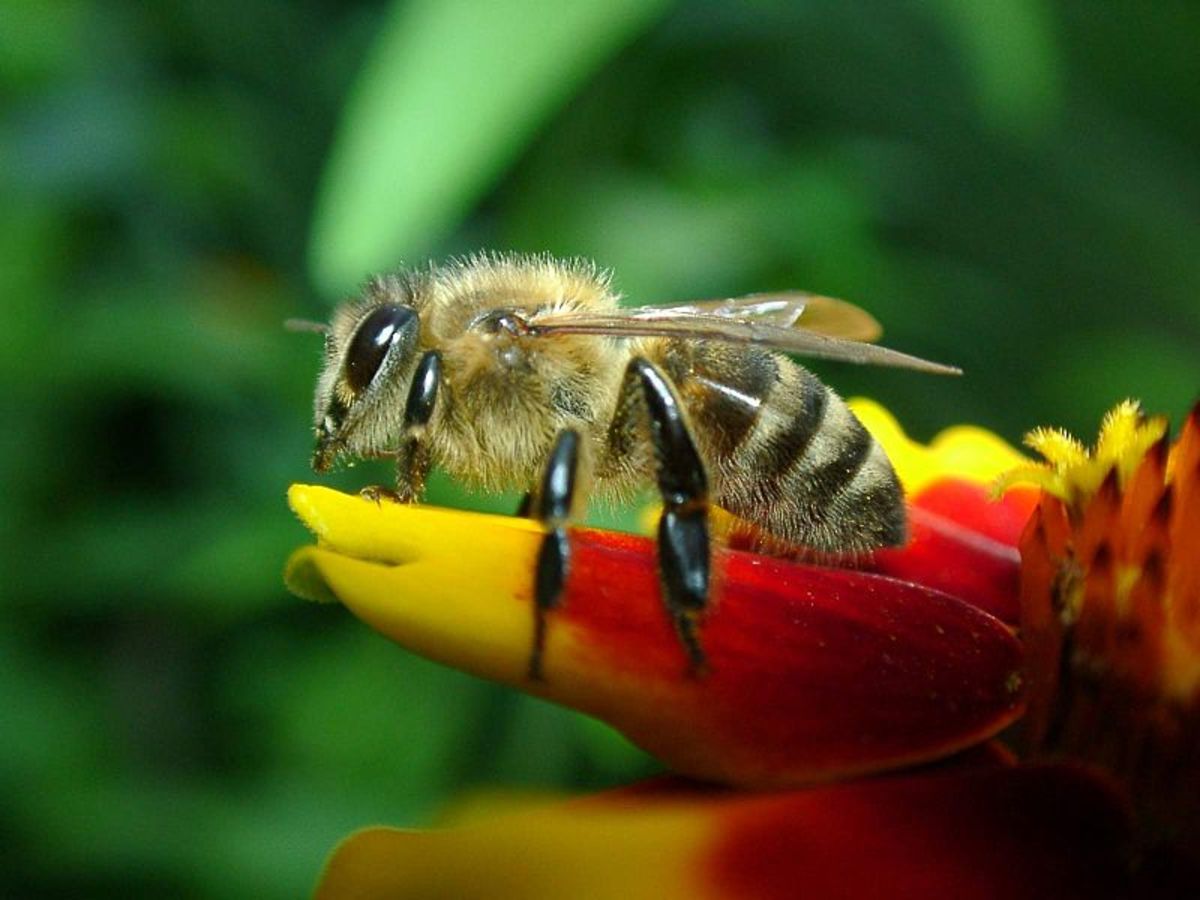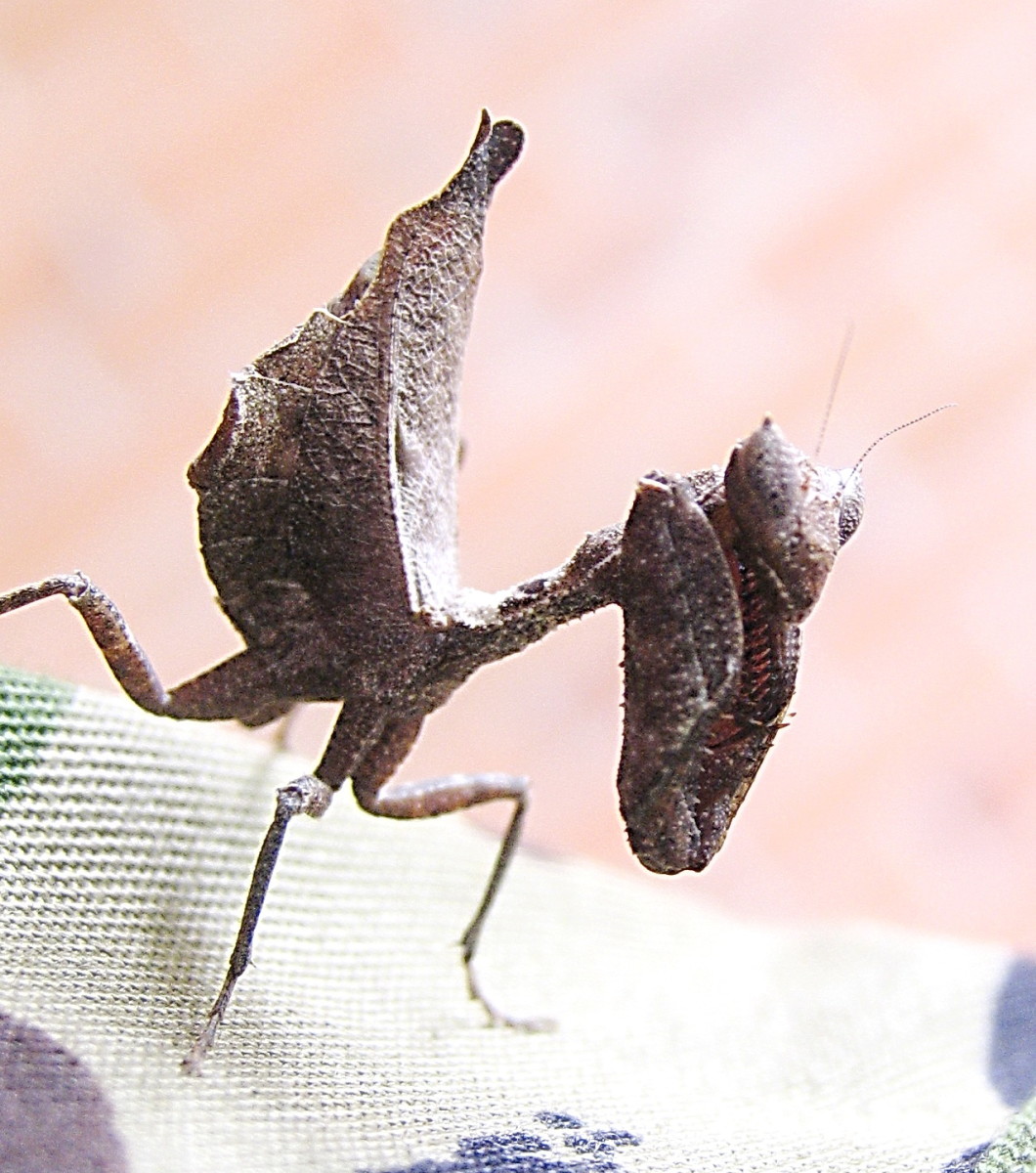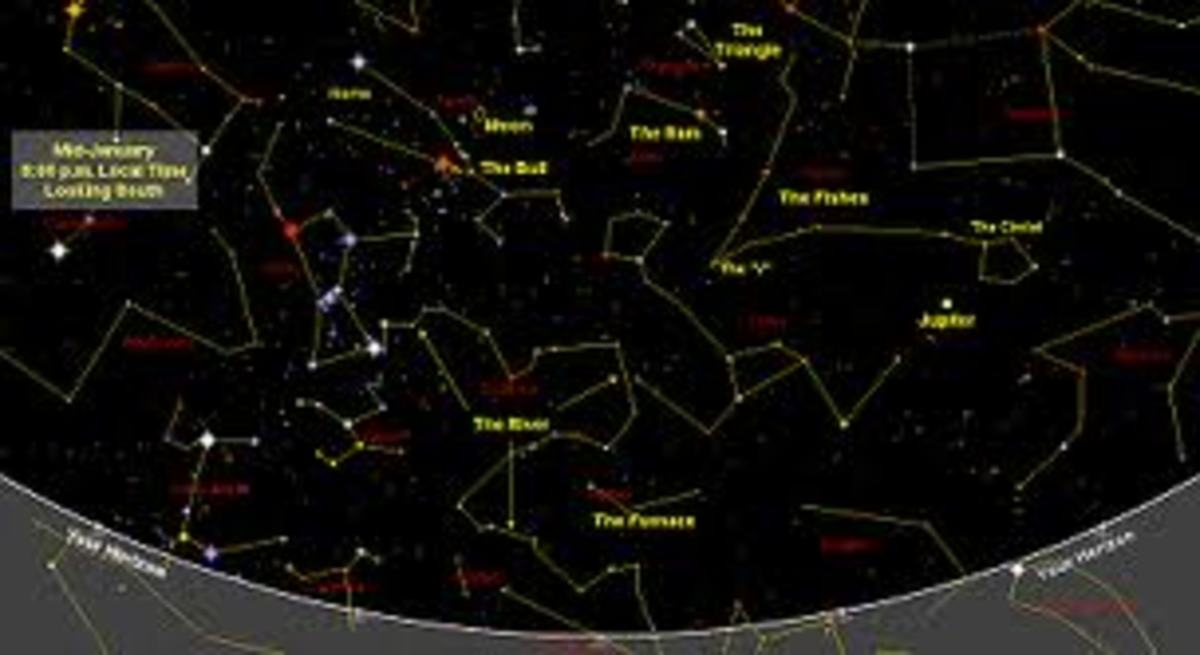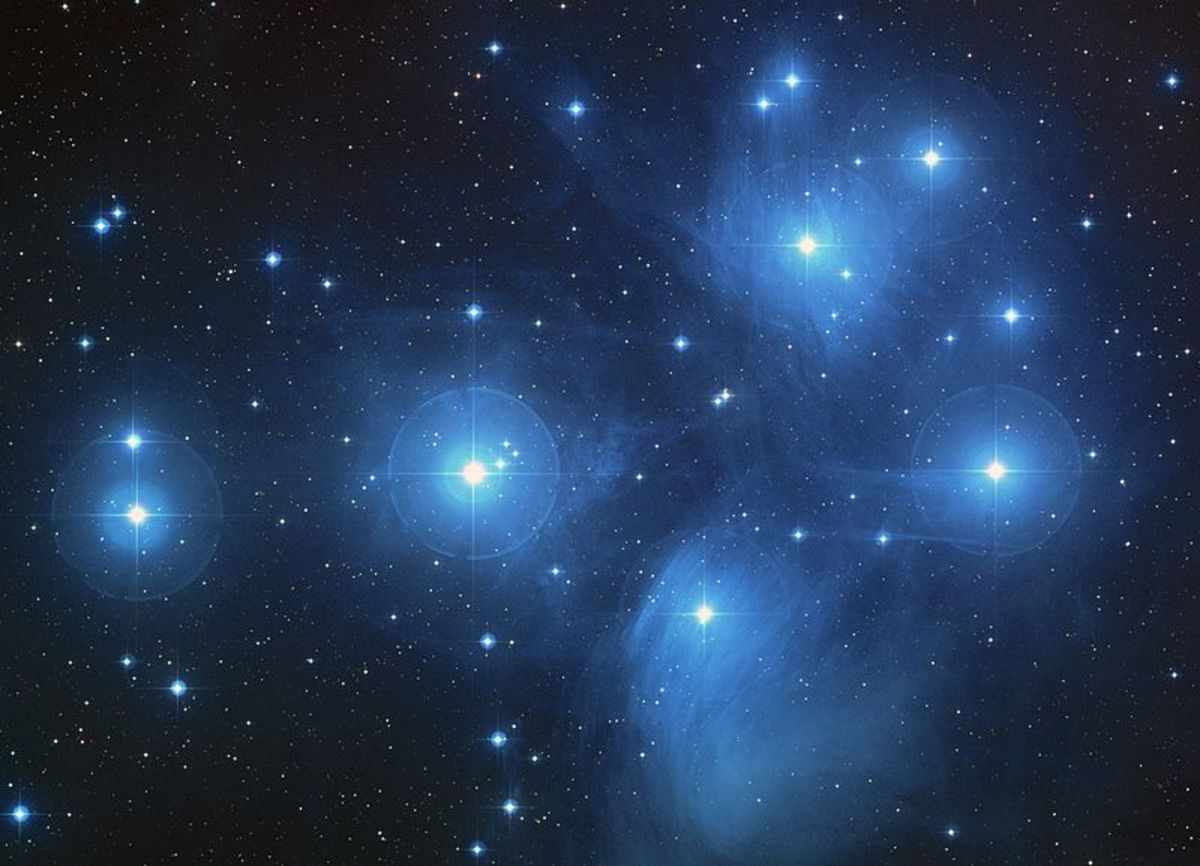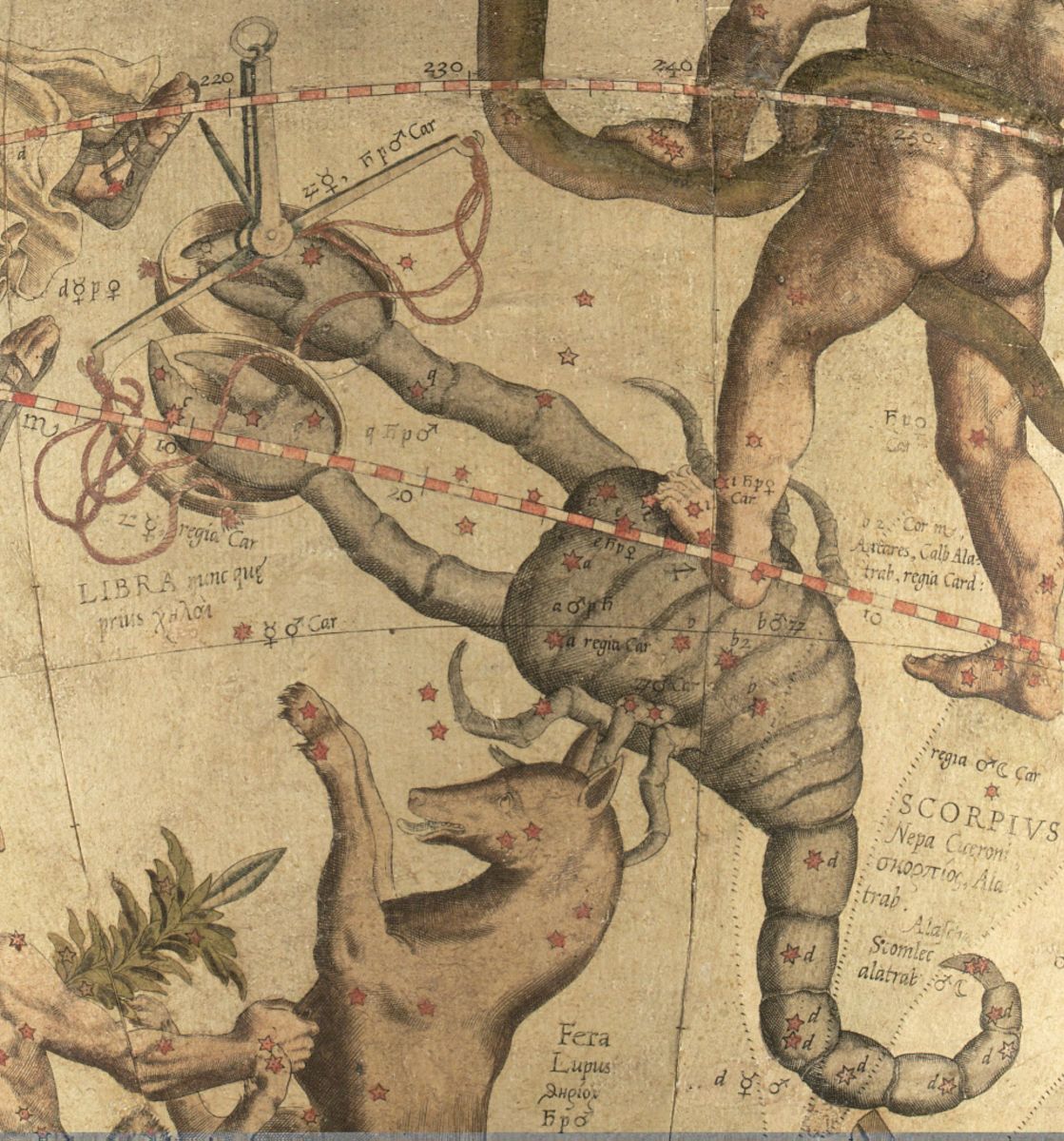The Life Cycle of a Star

The life cycle of a star is a facinating process, taught in all junior science classrooms. In this brief hub I've compressed several billion years into a few paragraphs in order to demonstrate the life cycle of a star.
- Clouds of dust and gas (nebula) begin to collapse and spin. When the density reaches 100 atoms/cm3 gravity takes effect, and the temperature rises to form a protostar.
- The protostar joins the main sequence stars, where is position is dependant upon its mass (Refer to the Hertzsprung - Russel Diagram). Hydrogen is fused to helium in the core of the stars via proton-proton chain reactions and the CNO cycle (both occur in all stars, but one process is more dominant).
- When all the core hydrogen has fused, the shell of hydrogen ignites and expands to 200 to 300 times its original size, cools, and forms a red giant. The core contracts and heats, and helium begins to fuse to carbon and oxygen through the triple alpha reaction process.
- The star becomes increasingly unstable and begins to pulsate as a variable star. These pulsatations are often at regular intervals, and so serve as markers for scientist when measuring interstellar distances.
- Pulsations become more rapid, which eventually leads to the self-destruction of the star. Outer layers are violently thrown into space, and the core flares brightly for 2 to 3 weeks, called a nova.
- The nova graudually fades to become a white dwarf, surrounded by a layer of hot gas known as 'planetary nebula.' Note that the energy in white dwarfs is not due to electron degeneracy pressure, but the conversion of gravitational potential to kinetic energy to heat.
- The white dwarf eventually cools to form a black dwarf, and in time, the planetary nebula disappears.



